“Light Therapy” is a very broad and all-encompassing concept. Essentially, all types of different therapies can be subsumed under the term, including exposing yourself to sunlight, lamps against Seasonal Affective Disorder (SAD), infrared saunas, red light therapy, and much more.
Don’t worry if those terms sound complicated - I’ll break it down later on in this blog…
Additionally, “autism” is a very complex phenomenon that’s not completely understood by science right now. As this blog post considers the topic of how light therapy can affect autism, I’ll first give you a brief introduction to both terms. In the later part of this blog post, I’ll tell you how to use light therapy - specifically infrared saunas - for autism.
So let’s start with the basics. First, let’s consider what autism is:
Autism Basics
I’ll exclusively cover the basics of autism here - the nature of the condition is quite complicated as whole libraries of books and scientific papers have been written about it. Suffice it to say that autism is a developmental disorder that mainly targets the neurological system (1; 2; 3; 4).
Children and adults with autism generally have inferior communication and socialisation skills. Living independently, therefore, becomes harder, although the likelihood can be increased through interventions.
Autism usually shows itself during the early life years of children, around the age of three. Risk factors include toxin exposure during pregnancy, which can include heavy metals such as lead or drug use. Other factors include the fetus being restricted in its growth during pregnancy, infections, autoimmune disease in the mother, and more.
There’s currently no cure for autism. Hence, managing symptoms and improving quality of life becomes very important. And in relation to those goals, light therapy comes in:
What Is Light Therapy?
You probably know there are different colours of light. These are violet, blue, green, yellow, orange, red, and any combination in between. In physics, that light is part of what is called the “light spectrum” (5; 6; 7).
Moreover, below red you can find “infrared light”, and above violet, there’s “ultraviolet” light. And although both infrared and ultraviolet light is invisible to the human eye, they do have an effect on your body.
Infrared light is what makes sunlight feel warm when it hits your skin, and ultraviolet light is what can give you a sunburn.
Contrary to popular belief though, visible light affects your body’s biology too - I’ll venture into that topic in more detail in a second. The statement “light affects your body’s biology” here means that light can influence both superficial and deeper tissues (8; 9; 10; 11).
Light actually penetrates into your body. Different parts of the light spectrum can enter your body to different degrees. Some parts of ultraviolet light don’t venture deep into your body and are necessary to create vitamin D in your skin. Red and some parts of the infrared light spectrum, on the other hand, might penetrate your body up to several inches of depth, thereby acting as nutrients for many processes of your cells.
Next up, “light therapy”, as a broad term, uses that light spectrum to affect different biological processes of your body. Here are some examples of light therapy:
- Using a SAD lamp, which in most cases emits blue light or full-spectrum visible (white) light, to counteract SAD
- Tanning beds expose your skin to different types of ultraviolet light, which not only tans your skin but also releases so-called natural “opioids” that make you feel great
- Red light therapy supplies your body with very specific healing frequencies of both red and near-infrared light. These types of light can enhance your well-being, energy levels, sleep quality, recovery, athletic performance, cognitive abilities, and much more
- Infrared saunas either use far infrared light only or all parts of the infrared light spectrum, if they’re “full-spectrum” infrared saunas.
These are the main types of light therapy, although other options exist. In the rest of this blog post, I’ll consider the options that are most relevant for autism, starting with the infrared sauna for autism:



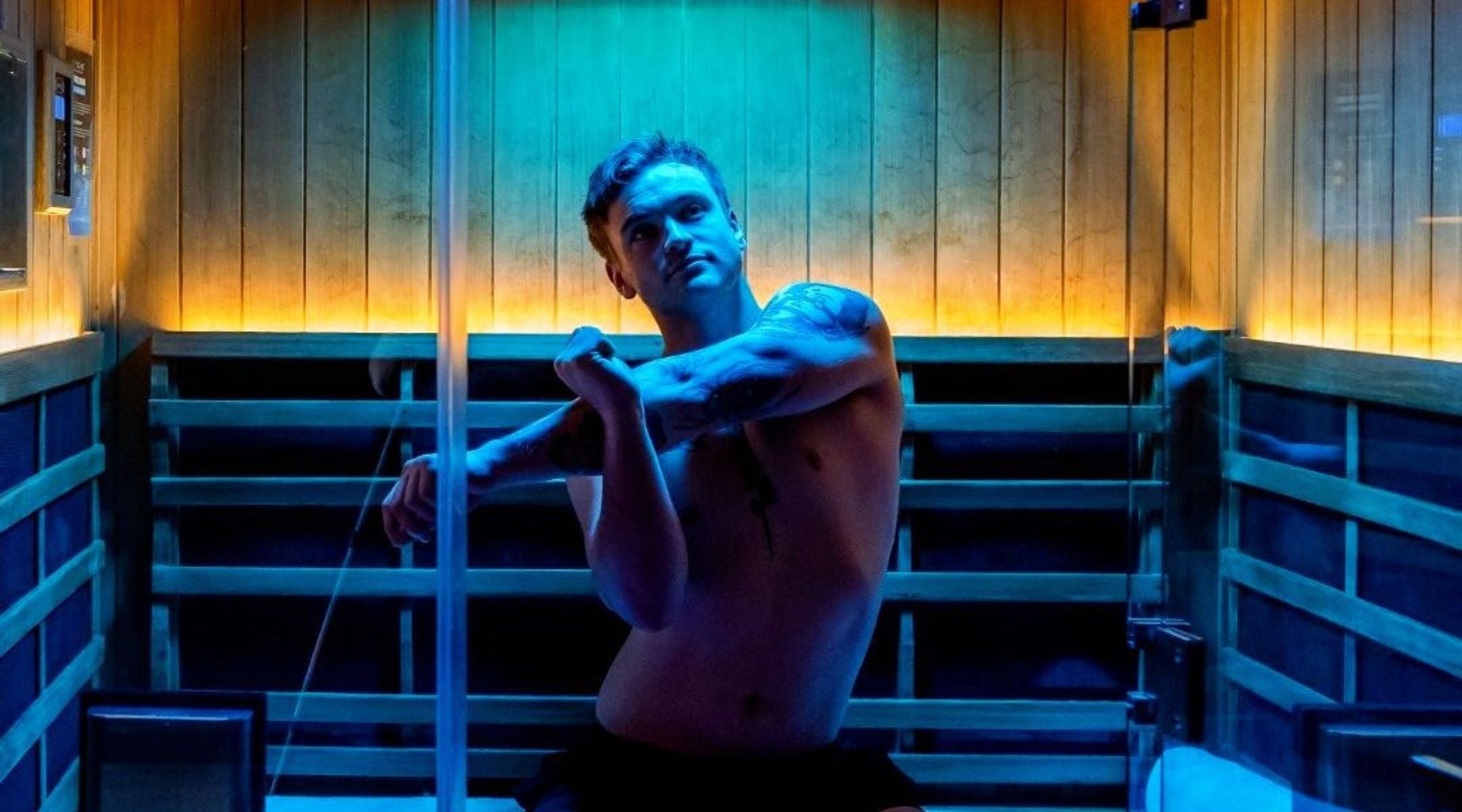
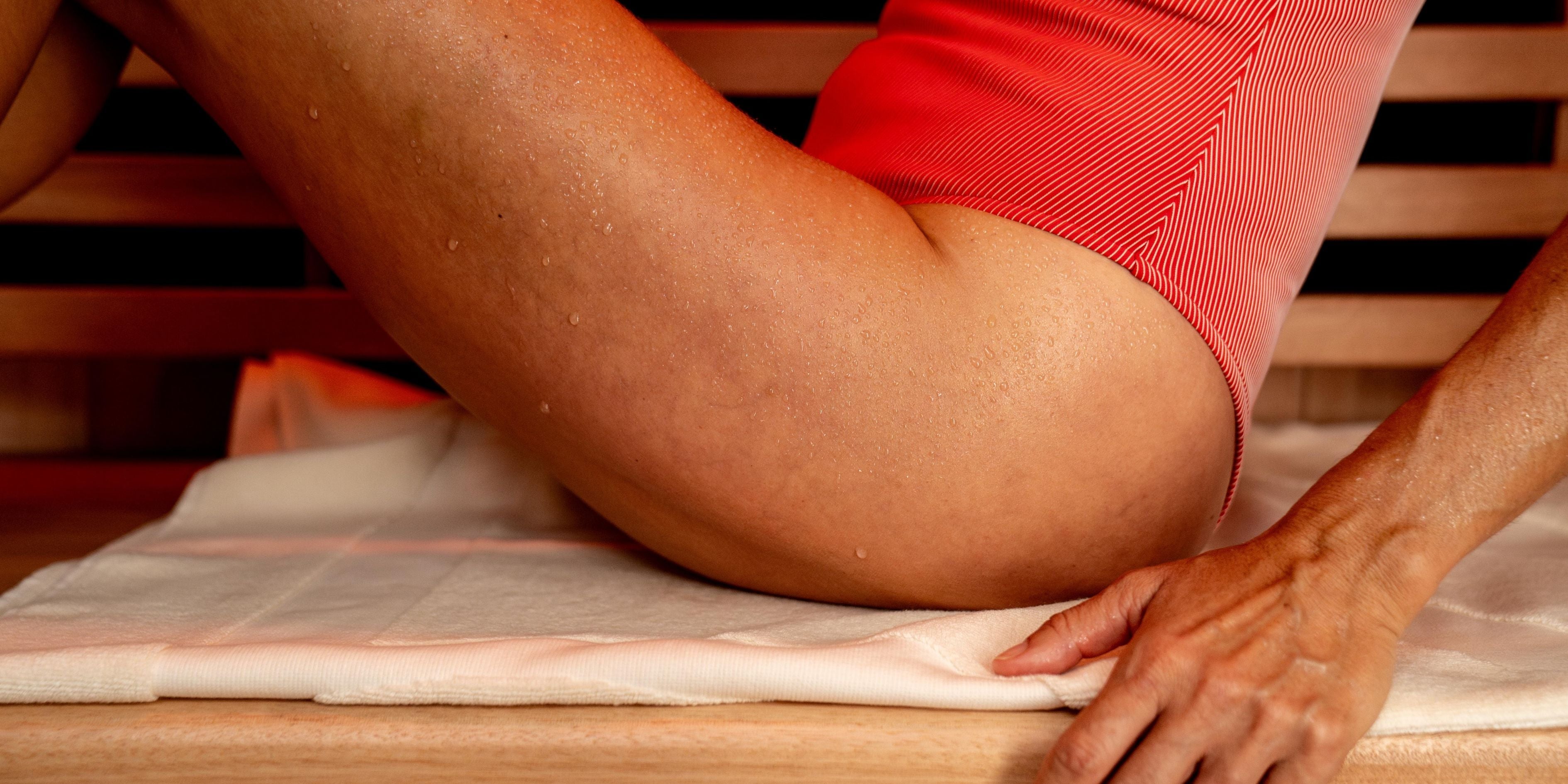
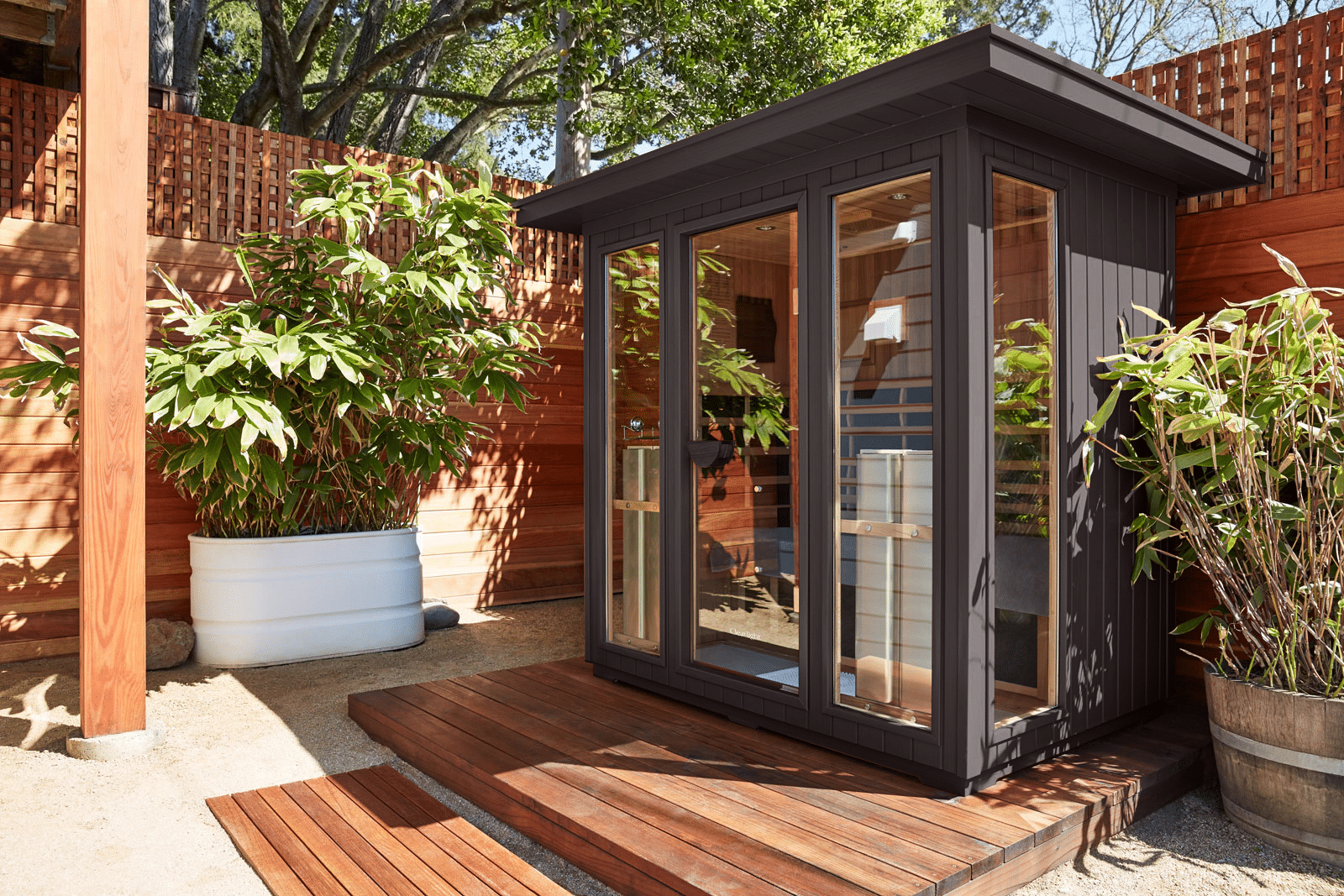

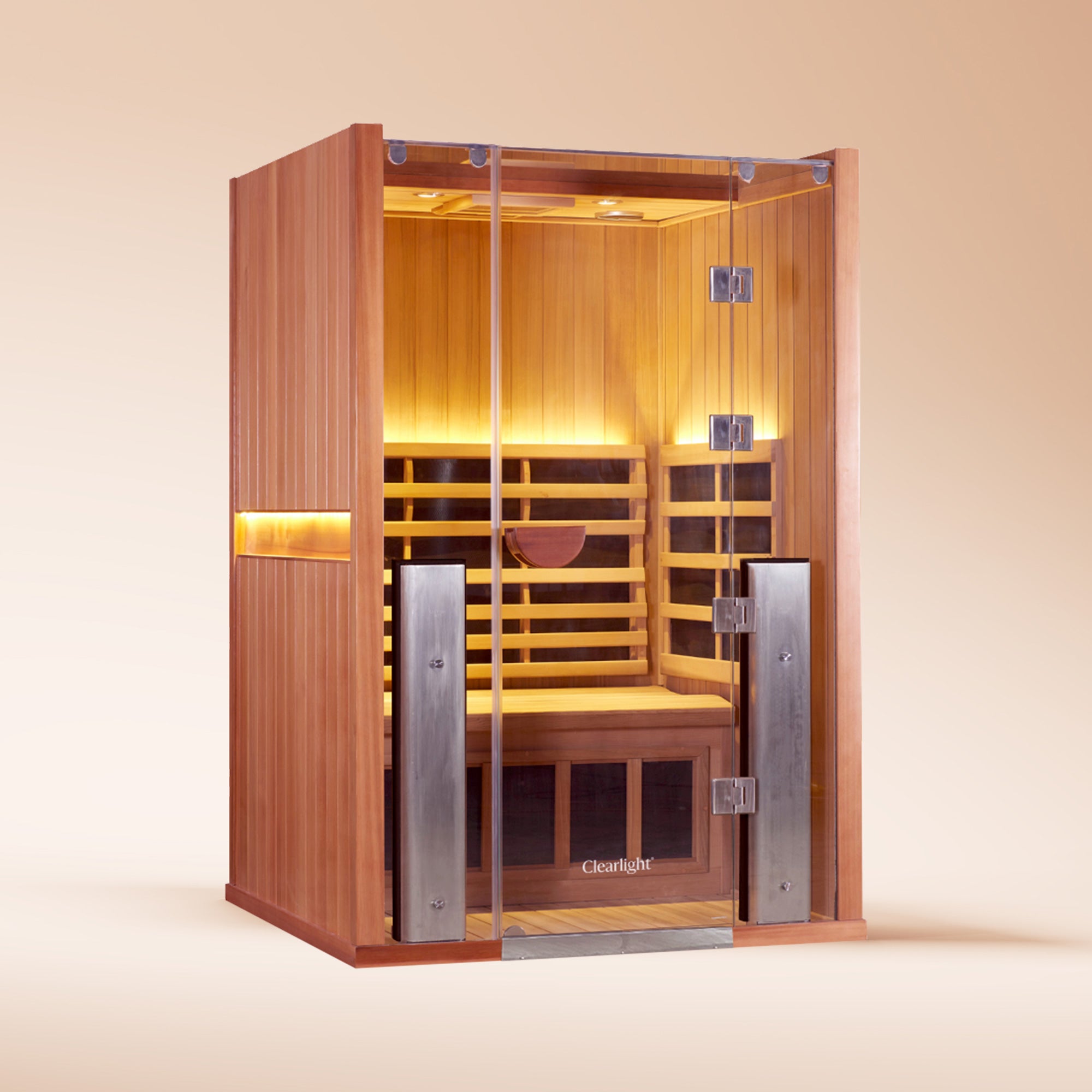

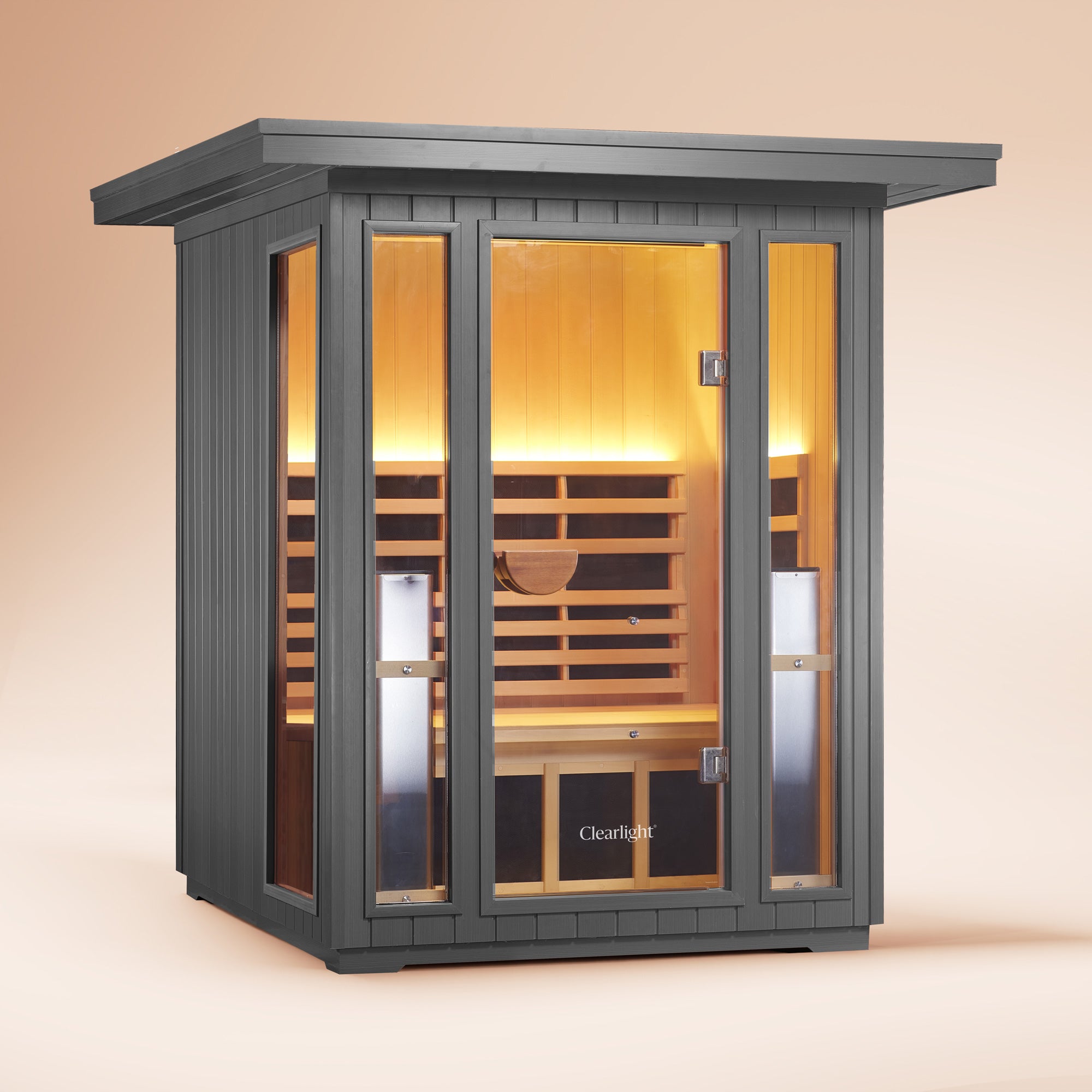
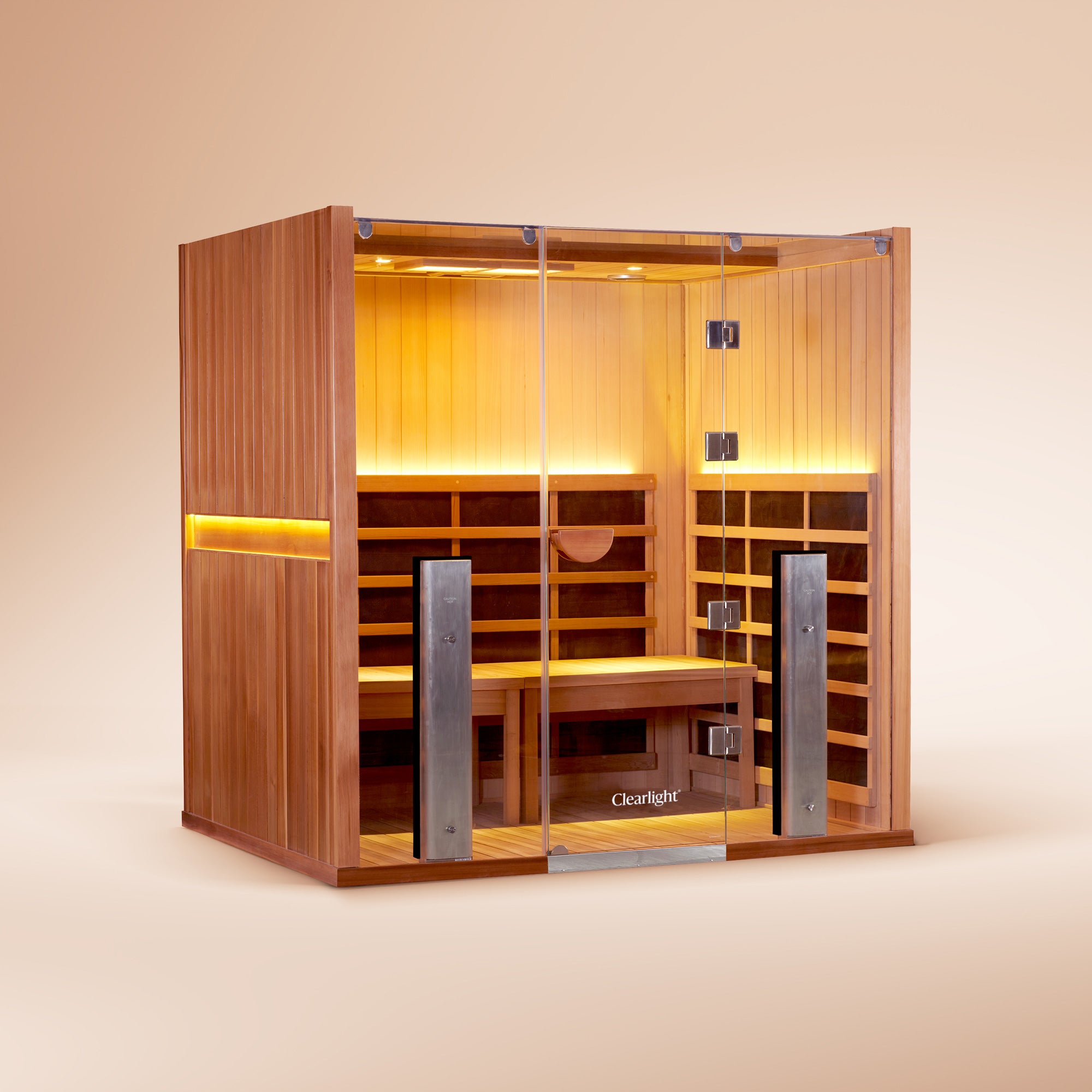
Infrared Sauna Vs. Finnish Sauna: Which Is Better?
Infrared Sauna Vs. Finnish Sauna: Which Is Better?